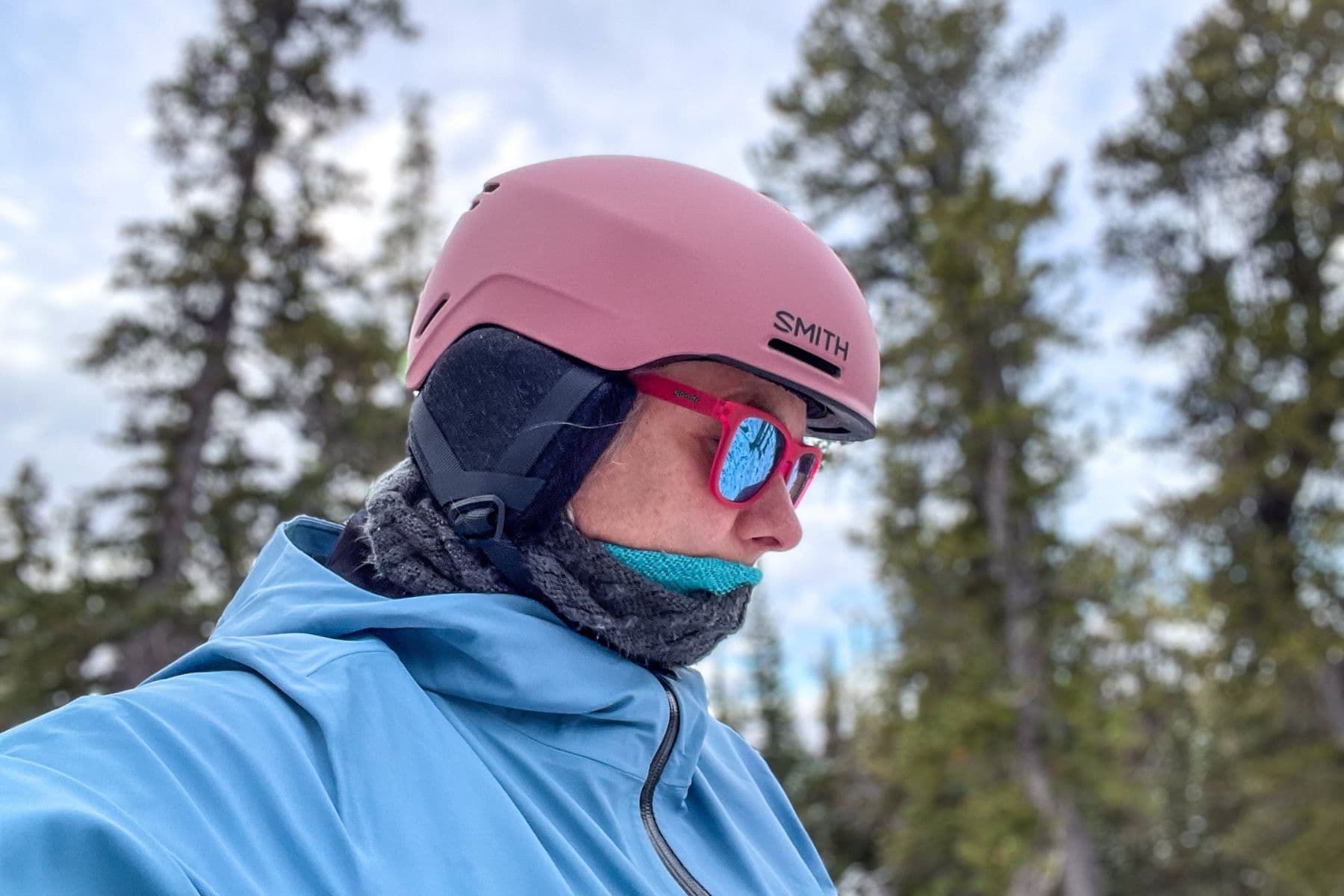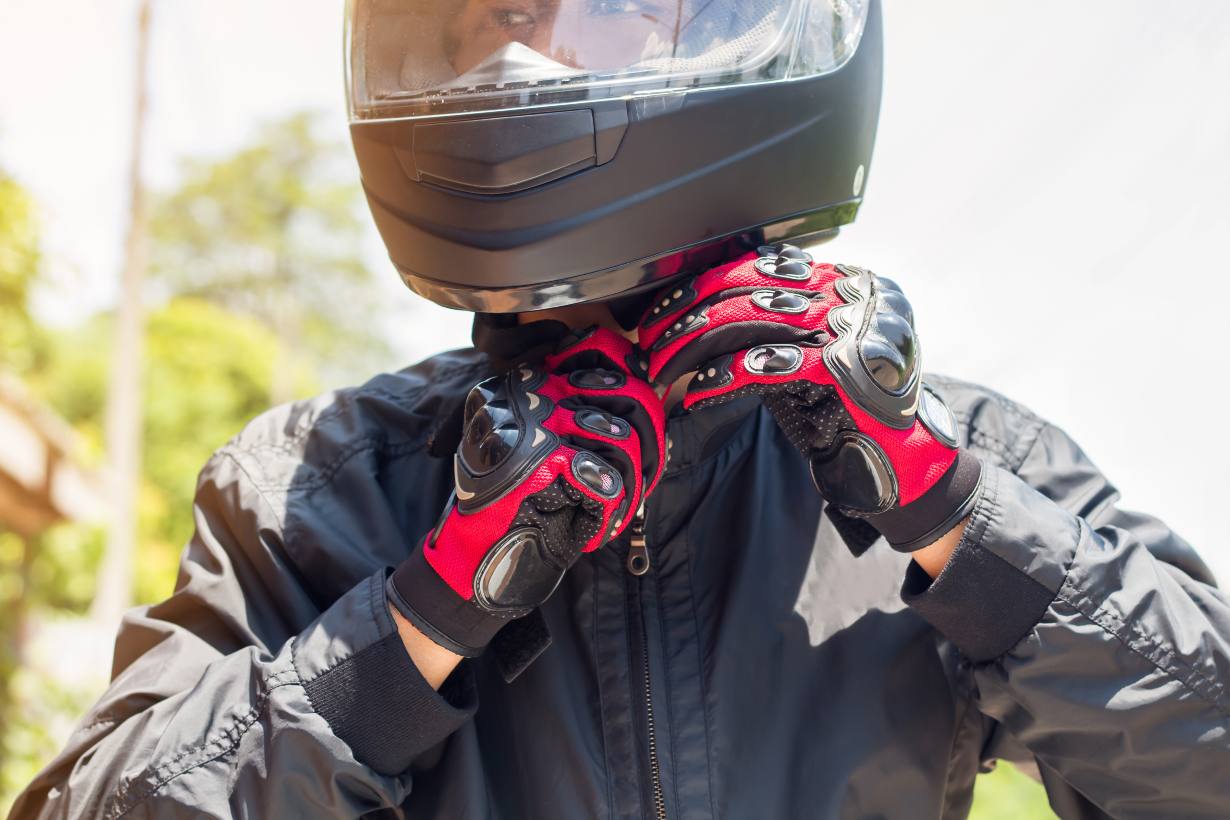Finding the correct helmet size is crucial for both safety and comfort, whether you’re a beginner cyclist, a commuter, or an avid mountain biker.
A properly fitting helmet will stay securely in place, provide adequate coverage, and enhance overall protection.
Here’s a step-by-step guide to help you choose the right helmet size and enjoy a comfortable, secure fit on every ride.
Step 1: Understand Why Proper Helmet Fit Matters
A helmet’s main purpose is to protect your head in case of an accident. However, if a helmet is too loose, it may shift or come off, leaving parts of your head exposed. If it’s too tight, it can cause headaches, discomfort, and even discourage you from wearing it. Choosing the right size means the helmet will stay in place during movement and provide full coverage, making your ride both safer and more enjoyable.
Step 2: Measure Your Head Circumference
Finding the right size starts with an accurate head measurement. Here’s how to do it correctly:
- Gather Your Materials: You’ll need a flexible measuring tape, or if that’s not available, use a piece of string and measure it with a ruler afterward.
- Position the Tape: Wrap the measuring tape around the widest part of your head, about 1 inch (2.5 cm) above your eyebrows and just above your ears. Make sure the tape is level all the way around to avoid skewing the measurement.
- Record the Measurement: Write down your head circumference in both centimeters and inches, as different helmet brands may use either measurement for sizing.
- Double-Check for Accuracy: To be certain, measure your head twice and compare results. Even a small difference can affect the fit.
Step 3: Consult Helmet Size Charts
Once you have your head measurement, refer to the brand’s specific size chart. While general size ranges can guide you, each manufacturer may have slight variations in sizing. Here’s a general guide to help you get started:
- Extra Small (XS): 20 – 20.5 inches (51 – 52 cm)
- Small (S): 20.5 – 21.5 inches (53 – 54 cm)
- Medium (M): 21.5 – 22.5 inches (55 – 57 cm)
- Large (L): 22.5 – 23.5 inches (58 – 60 cm)
- Extra Large (XL): 23.5 – 24.5 inches (61 – 62 cm)
Always double-check the brand’s size chart before making a purchase, as there may be slight differences in fit and sizing.
Step 4: Try on the Helmet and Perform a Fit Test
Once you’ve selected a helmet size, try it on to ensure it fits correctly. Here’s what to look for:
- Helmet Position: Place the helmet level on your head, sitting low on your forehead, about 1-2 finger widths above your eyebrows. It should cover the forehead without obstructing your view.
- Check for Snugness: The helmet should feel snug around your entire head. If it moves easily when you shake your head, it’s too loose. If it feels overly tight or causes pressure points, try the next size up.
- Adjust the Retention System: Most helmets come with a retention system at the back, such as an adjustable dial or slider. Tighten or loosen this until the helmet feels secure but comfortable.
- Fasten the Chin Strap: Buckle the chin strap and adjust it to form a “V” shape around each ear. When fastened, you should be able to fit two fingers between the strap and your chin for comfort, but it should still feel snug.
Step 5: Consider the Type of Helmet for Your Activity
Different activities may require different types of helmets. Choose one that suits your riding style:
- Road Helmets: Lightweight and well-ventilated, road helmets are ideal for cyclists covering long distances on paved roads.
- Mountain Bike Helmets: Mountain bike helmets offer extra coverage around the back and sides of the head, with a visor to protect against sun and debris.
- Commuter Helmets: Designed for everyday riders, commuter helmets often have additional features like built-in lights, rain protection, or reflective elements.
Step 6: Perform Additional Fit and Comfort Checks
For added confidence in your fit, do a few final checks:
- Shake Test: Gently shake your head up and down and side to side. The helmet should stay securely in place without wobbling or sliding.
- Comfort Level: Wear the helmet for a few minutes to ensure there are no uncomfortable pressure points. A good helmet should feel snug but not restrictive.
- Adjustable Pads: Some helmets come with removable or adjustable padding that can be customized for a more precise fit. Ensure the padding feels soft and supportive.
Step 7: Maintain and Replace Your Helmet as Needed
Proper maintenance helps your helmet perform at its best:
- Inspect for Wear and Damage: Check the helmet regularly for cracks, dents, or other signs of damage. Helmets are designed for one-time impact, so replace yours after any accident, even if there’s no visible damage.
- Keep it Clean: Use a damp cloth and mild soap to wipe down the helmet. Avoid harsh chemicals that may weaken the helmet’s material.
- Check Fit Periodically: Over time, helmets can loosen due to wear. Re-assess the fit every few months to ensure it still offers the snug fit you need.
Conclusion: A Perfectly Fitted Helmet for Every Ride
Choosing the right helmet size is an essential step toward safer, more enjoyable cycling. By measuring your head accurately, consulting size charts, and performing a thorough fit test, you can find a helmet that provides the security and comfort you need.
With a helmet that fits well, you’re all set for every ride—whether it’s a quick commute, an intense mountain trail, or a long road journey.
Ride safely and confidently, knowing your helmet is ready to protect you every mile of the way!








